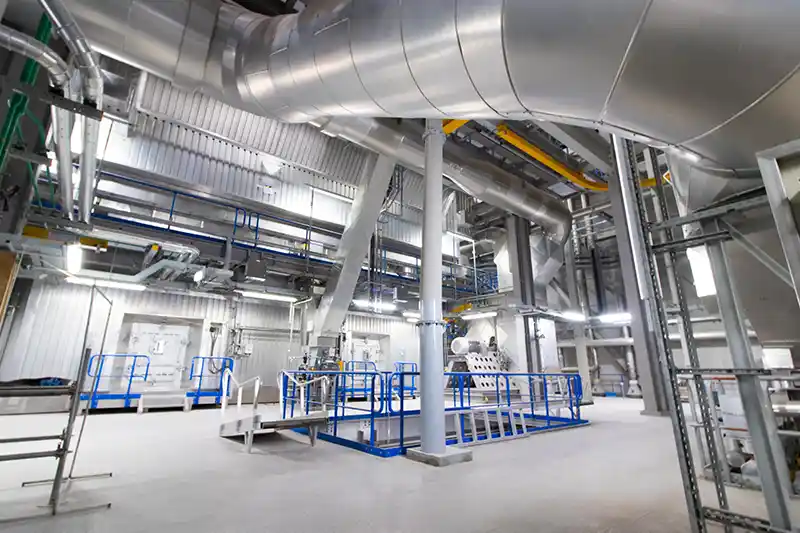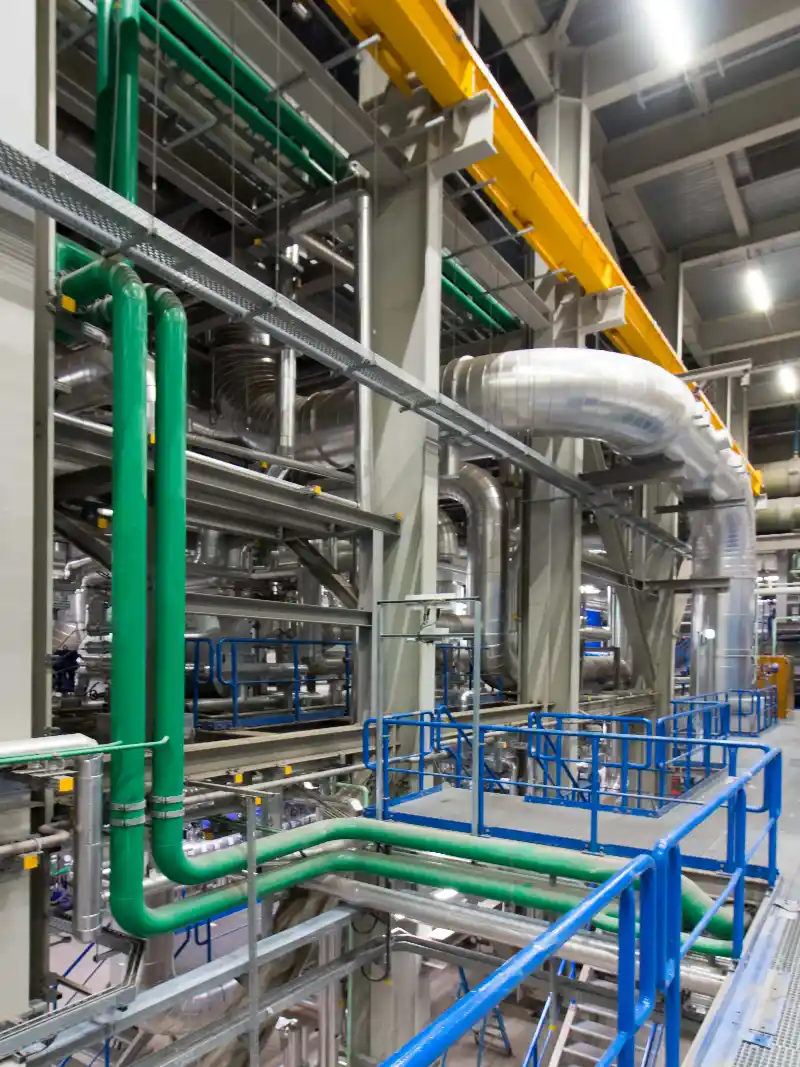The Dublin Waste to Energy facility is permitted to process up to 690,000 tonnes of residual solid waste that cannot be sensibly recycled. The facility fulfils a key part of the Dublin's and Ireland's Waste Management Plan which focuses on reducing waste, maximising recycling, minimising landfill, and generating energy from residual waste.
This facility reduces the need to landfill and export waste to other countries, thus enabling the Dublin region to become self-sufficient in managing waste and achieve compliance with EU waste recovery and landfill diversion targets.









